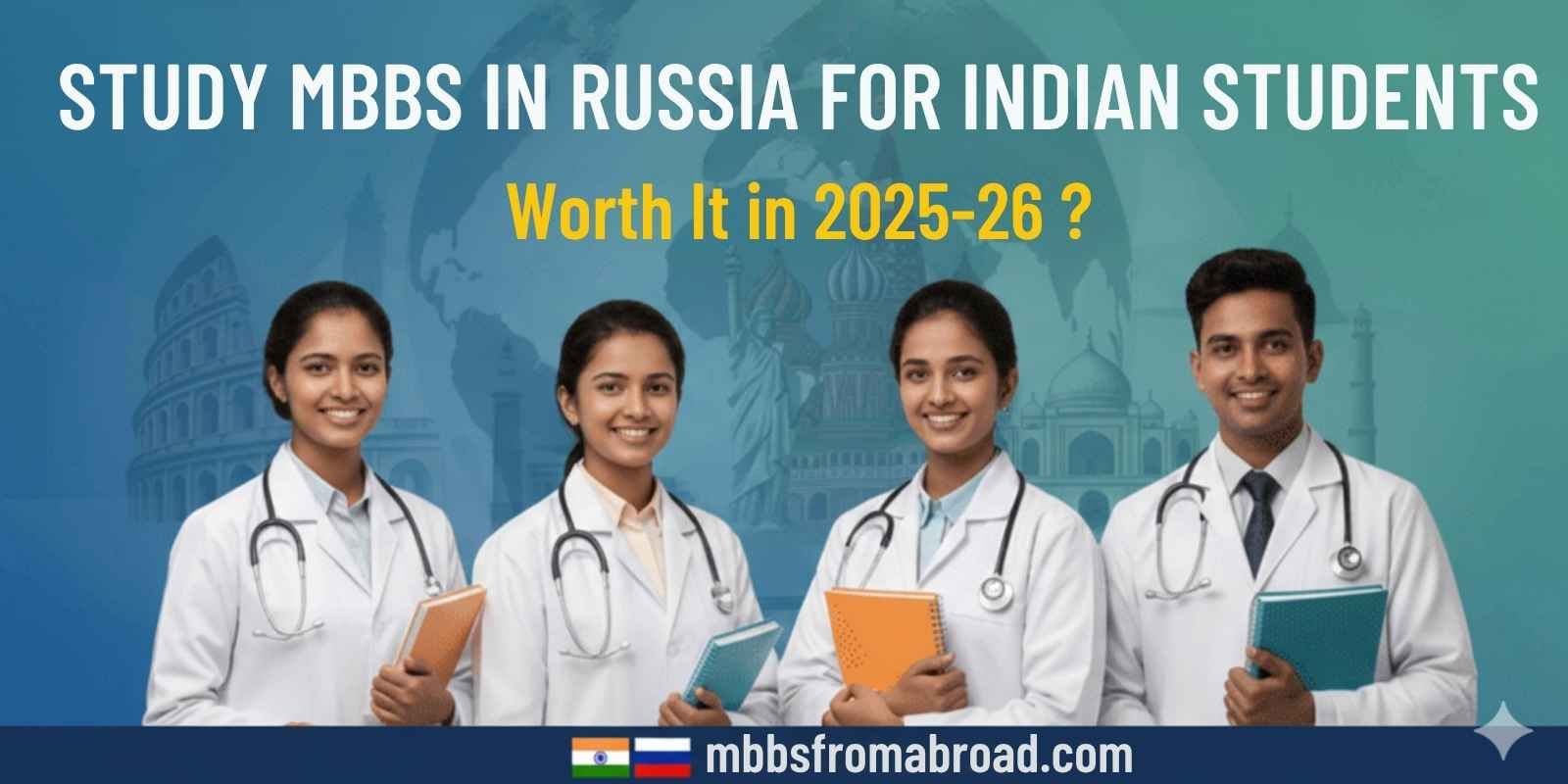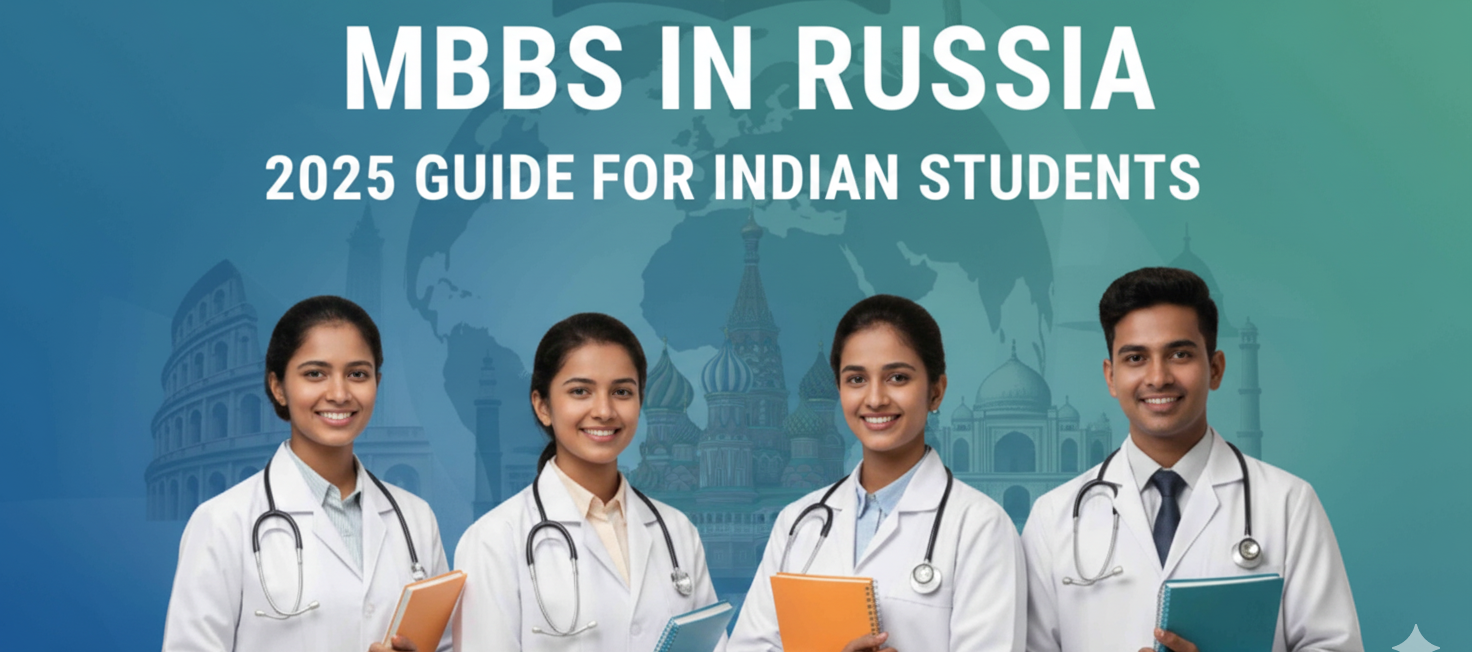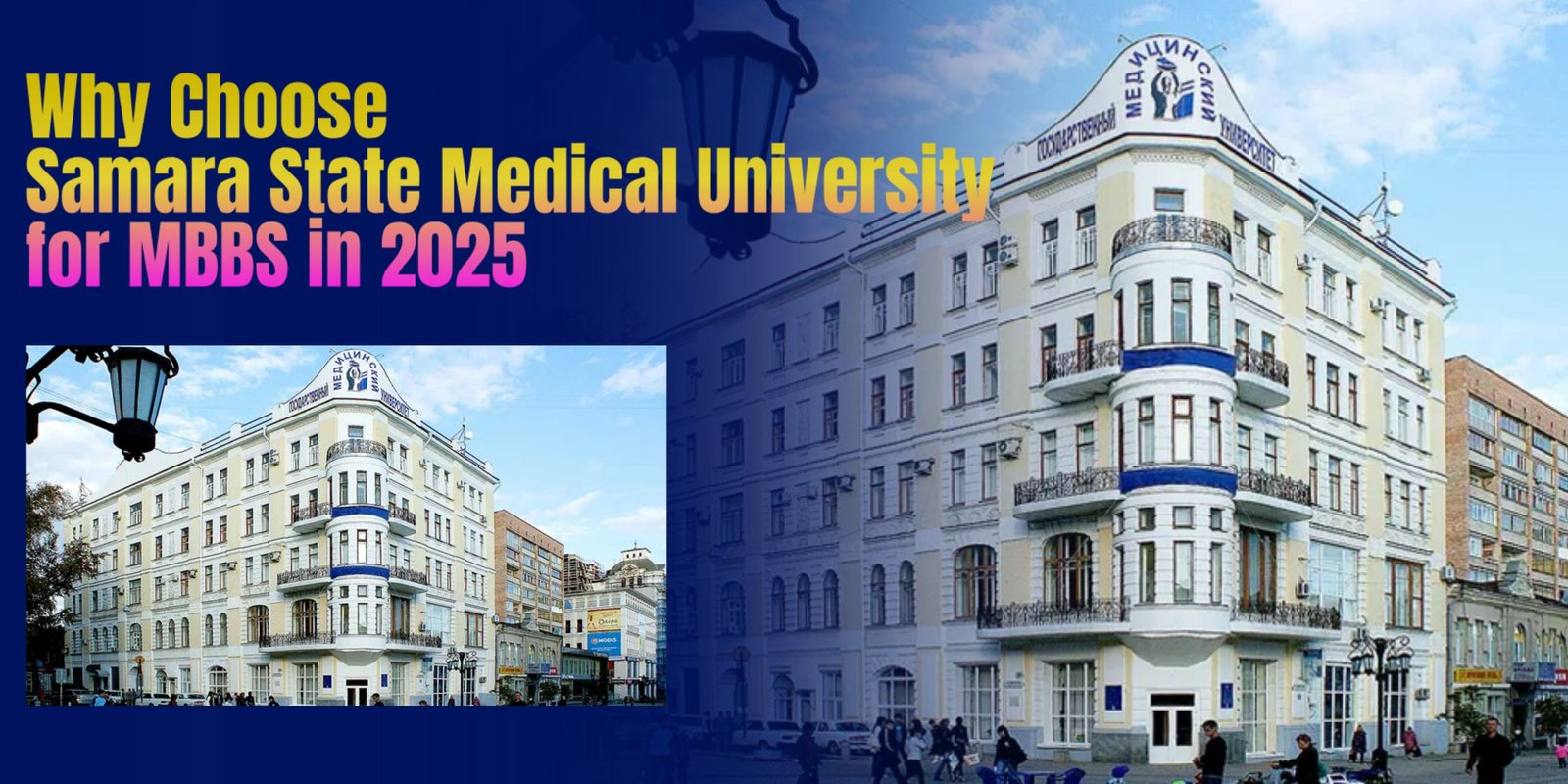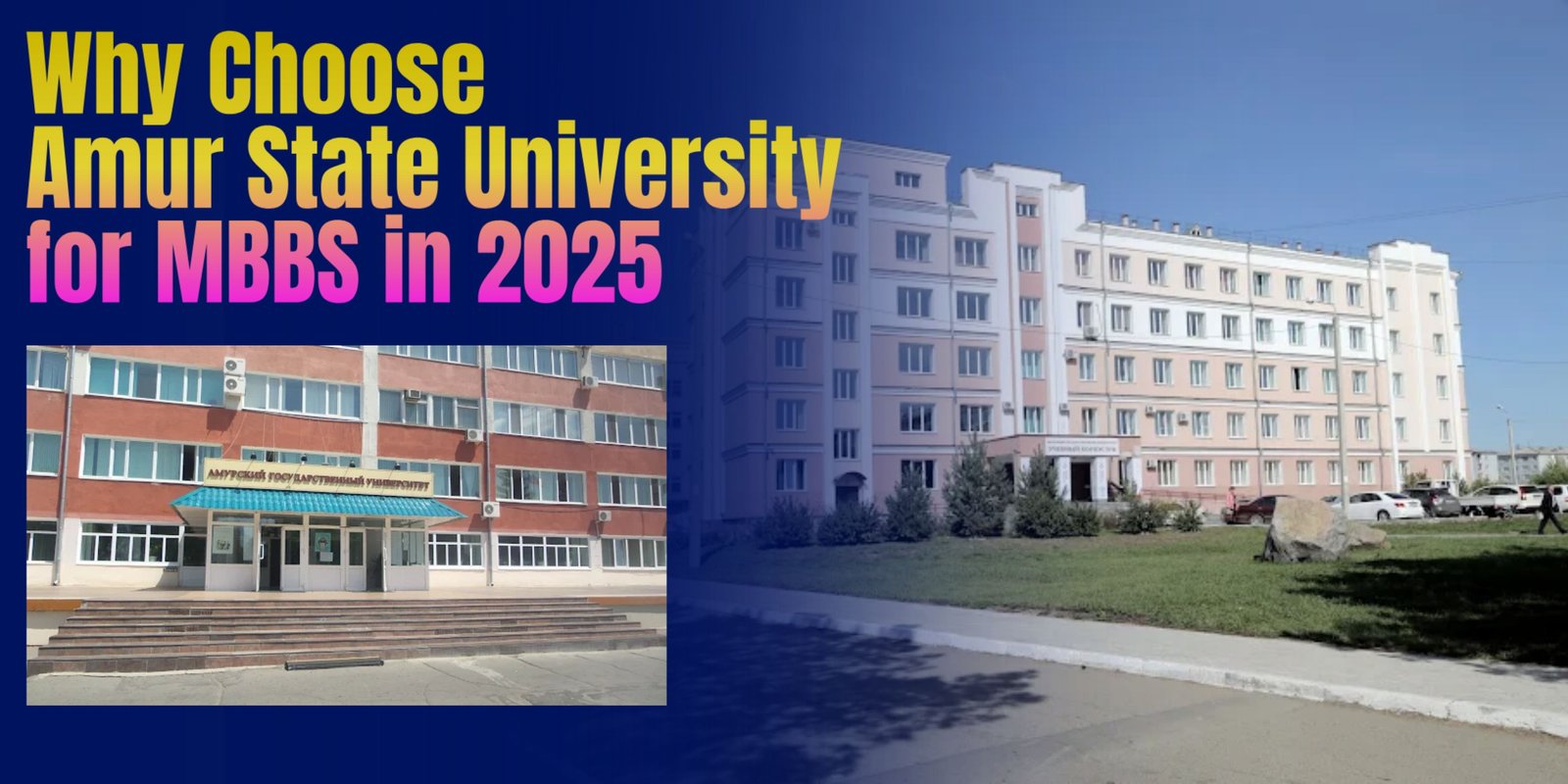MBBS from Abroad | Affordable MBBS for Indian Students Complete Guide
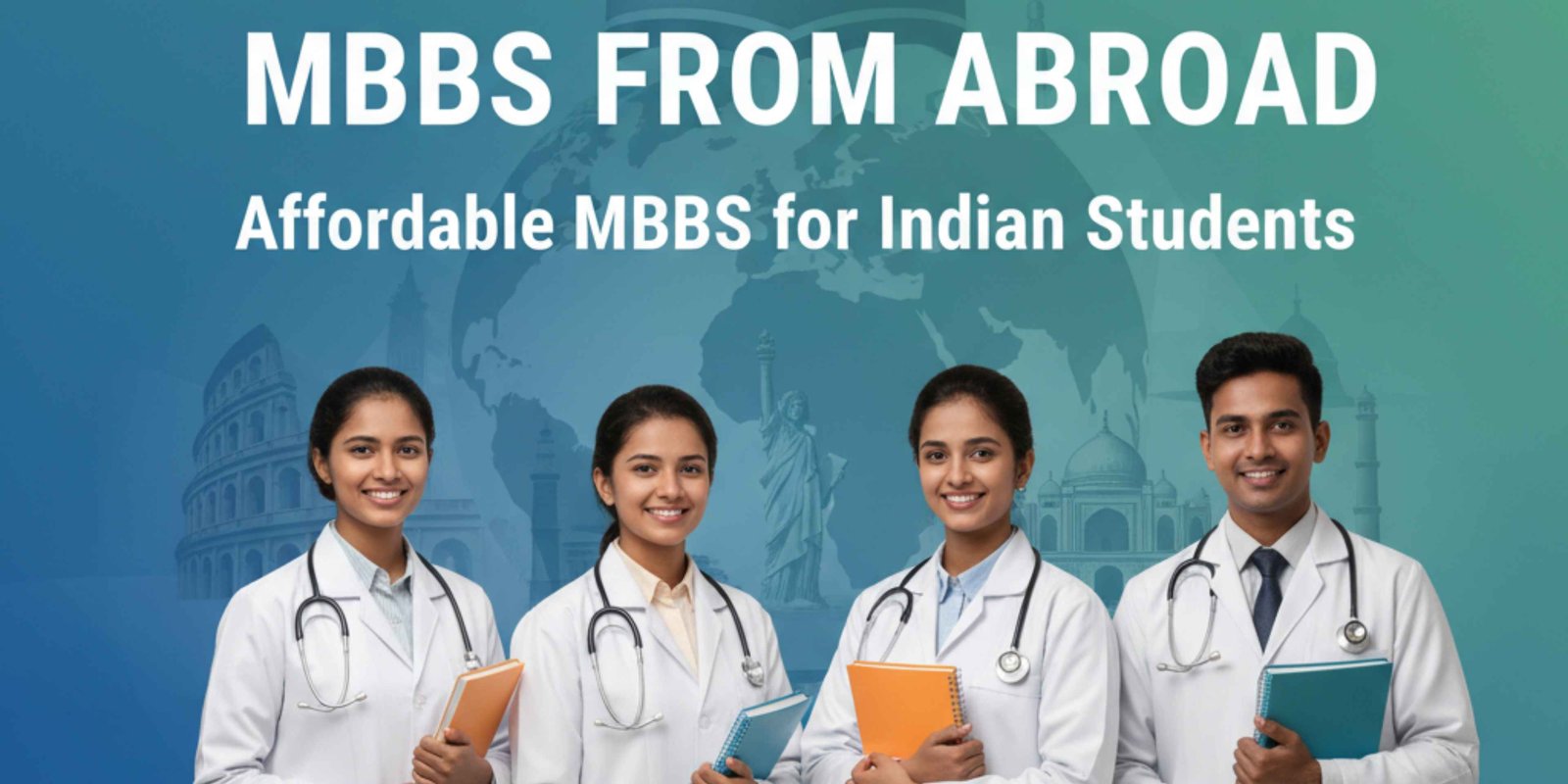
Introduction
Dreaming of becoming a doctor but worried about high fees and tough competition in India? You’re not alone. Every year, thousands of students choose MBBS from Abroad because it offers affordable education, world-class infrastructure, and globally recognized degrees. Whether you aim to practice in India or abroad, pursuing MBBS overseas can open endless opportunities.
Why Choose MBBS from Abroad?
Cost-effective Medical Education
Medical education in India can cost up to ₹1 crore in private colleges, while many foreign universities offer the same degree for a fraction of the cost.
High-quality Global Exposure
Studying abroad helps students experience modern medical practices, new cultures, and international exposure – making them more adaptable doctors.
Top Advantages of Studying MBBS Abroad
-
Affordable tuition fees compared to Indian private colleges.
-
No donation or capitation fees in most universities.
-
No entrance exams in several countries (except NEET for Indian students).
-
Globally recognized degrees approved by WHO, NMC, and other bodies.
-
Modern infrastructure & technology in teaching hospitals.
Popular Countries for MBBS from Abroad
-
Russia – Affordable tuition and globally recognized degrees.
-
Ukraine – High-quality education with English-medium courses.
-
Kazakhstan – Low-cost living and simple admission process.
-
Georgia – Modern universities with global exposure.
-
China – Advanced medical technology and research opportunities.
-
Uzbekistan – Growing destination with affordable education.

Eligibility Criteria for MBBS from Abroad for Indian Students
-
Minimum 50% marks in Physics, Chemistry, and Biology (for general category).
-
NEET qualification is mandatory for Indian students.
-
Age must be 17 years or above.
-
English proficiency test (IELTS/TOEFL) may be required in some countries.
Admission Process for MBBS from Abroad 2025
-
Research universities and choose the right country.
-
Submit application form online with academic documents.
-
Receive admission letter from the university.
-
Apply for student visa.
-
Pay tuition fees and confirm admission.
-
Fly abroad and begin your MBBS journey.
Cost of MBBS from Abroad
-
Tuition fees: ₹15–50 lakhs (entire course).
-
Living expenses: ₹10,000–₹20,000/month depending on the country.
-
Cheapest destinations: Kazakhstan, Uzbekistan, and Russia.
Scholarships for MBBS from Abroad
Many universities and governments offer scholarships to international students. Applying early, maintaining good academics, and preparing strong SOPs can increase your chances of selection.
Challenges of Studying MBBS from Abroad
-
Language barriers in non-English speaking countries.
-
Cultural differences that may take time to adjust.
-
Homesickness due to long distance from family.
-
Climate changes in cold countries like Russia or Ukraine.
Recognition of MBBS Degrees Abroad
Most top universities abroad are WHO, UNESCO, and NMC approved, allowing students to practice globally after clearing licensing exams like FMGE (India), USMLE (USA), or PLAB (UK).
Internship and Practical Training Abroad
Medical universities abroad provide hands-on training in government hospitals, allowing students to gain real-world clinical experience.
Career Opportunities after MBBS from Abroad
-
Practice as a doctor in India after clearing FMGE/NExT.
-
Apply for postgraduate programs abroad like MD or MS.
-
Work in international hospitals with higher salaries.

Tips for Choosing the Right University
-
Check NMC approval before applying.
-
Ensure the medium of instruction is English.
-
Compare tuition fees, living costs, and recognition.
-
Look for student support services like hostels, Indian mess, and counseling.
Conclusion
Pursuing MBBS from Abroad is an excellent option for students seeking affordable and high-quality medical education. With proper planning, choosing the right university, and preparing for exams like NEET and FMGE, you can fulfill your dream of becoming a globally recognized doctor.
FAQs
1. Is MBBS from abroad better than MBBS in India?
Yes, MBBS abroad is more affordable and offers international exposure, but students must clear FMGE/NExT to practice in India.
2. What is the cost of MBBS abroad for Indian students?
The cost ranges between ₹15–50 lakhs for the entire course, depending on the country.
3. Can I practice in India after MBBS from abroad?
Yes, but you need to clear the FMGE/NExT exam conducted by NMC.
4. Which country is cheapest for MBBS abroad?
Kazakhstan, Uzbekistan, and Russia are among the cheapest options.
5. Do I need to learn a foreign language for MBBS abroad?
In most countries, MBBS is taught in English, but learning the local language helps in dealing with patients.


